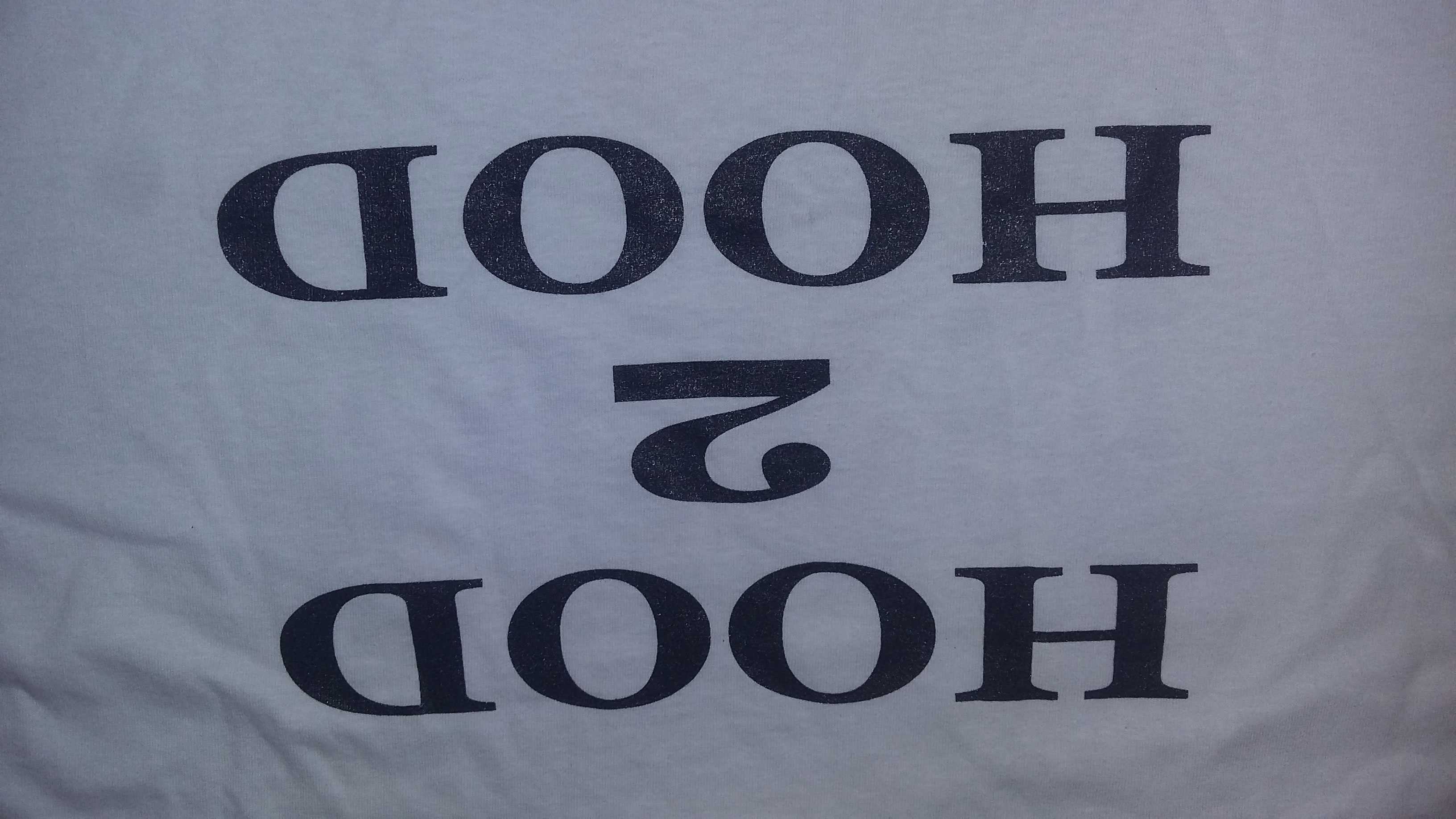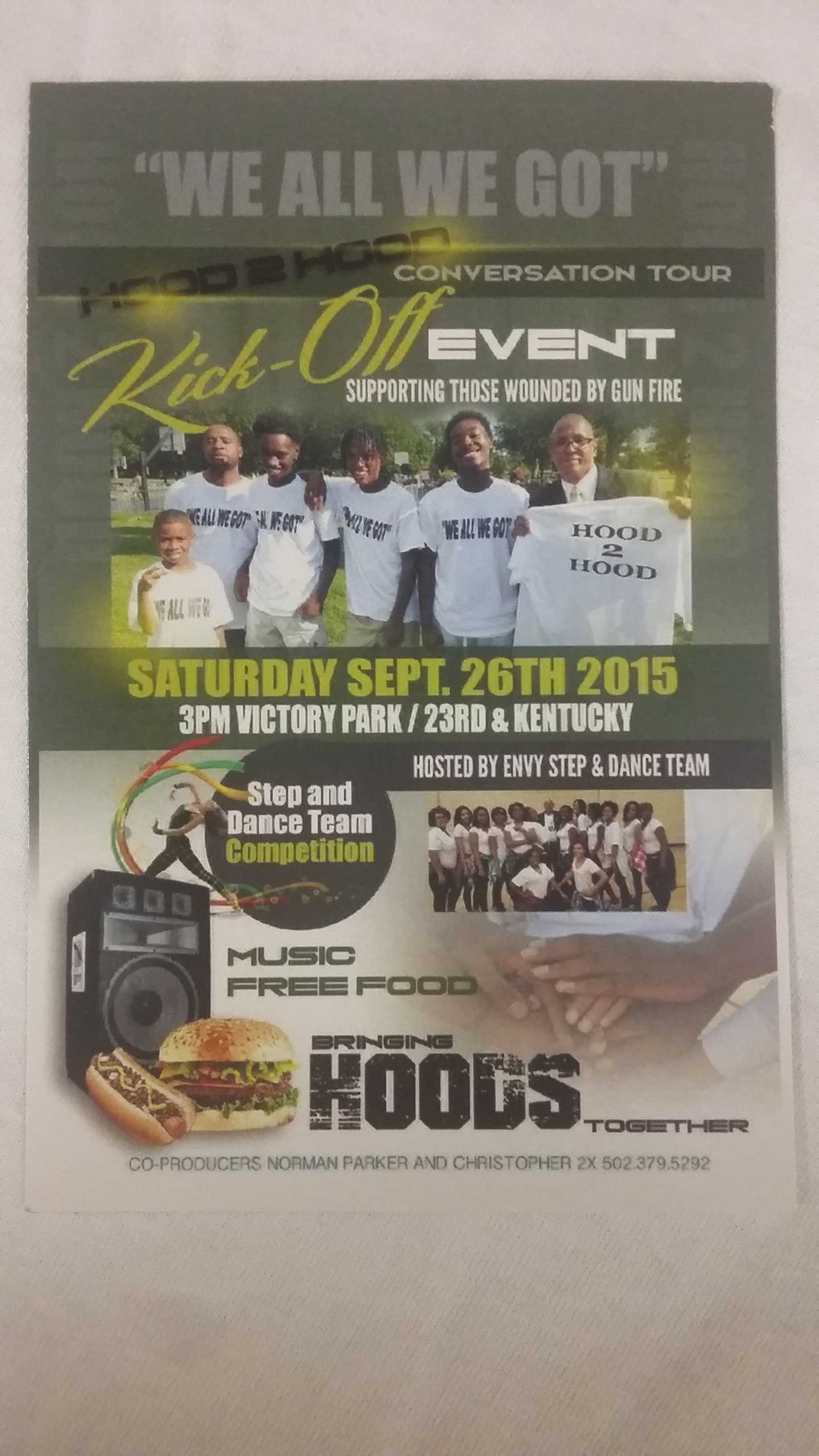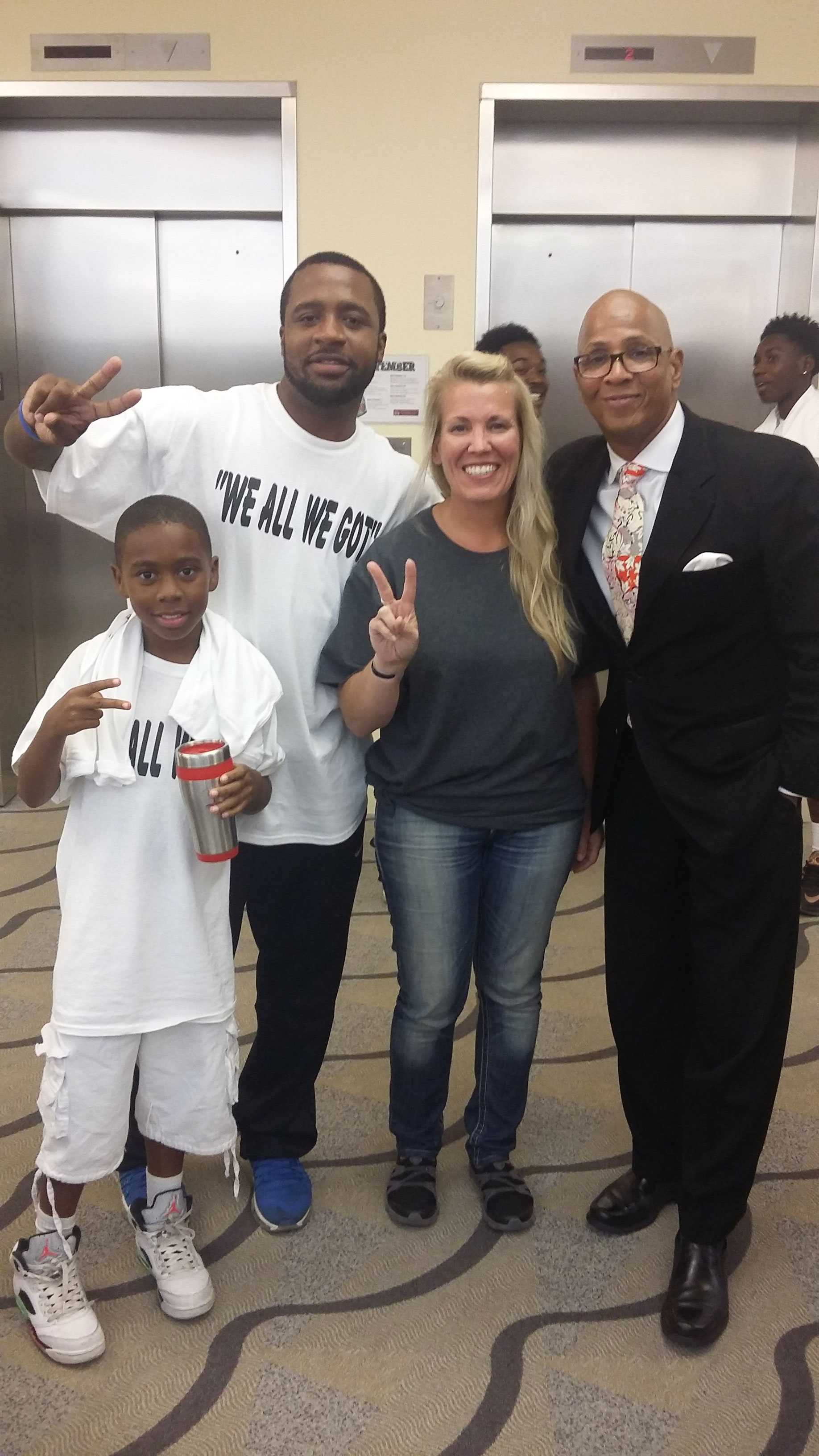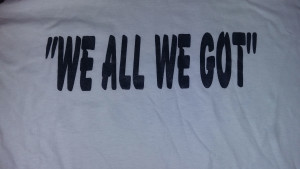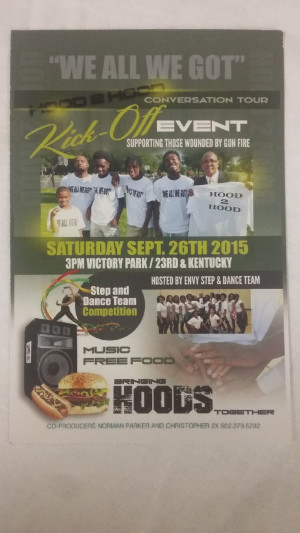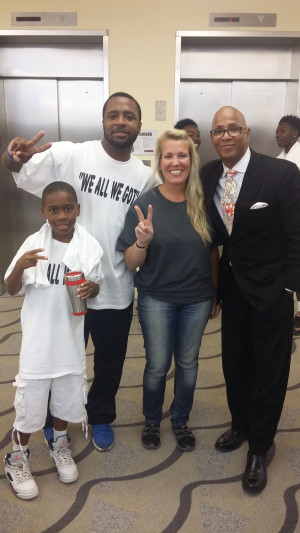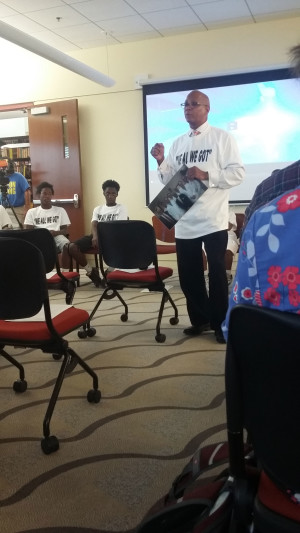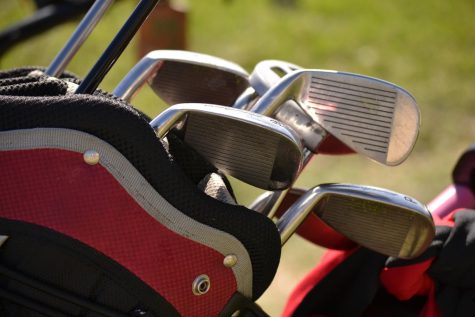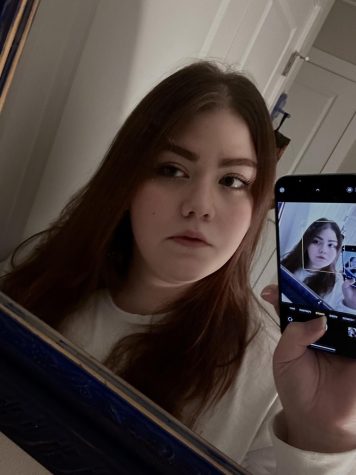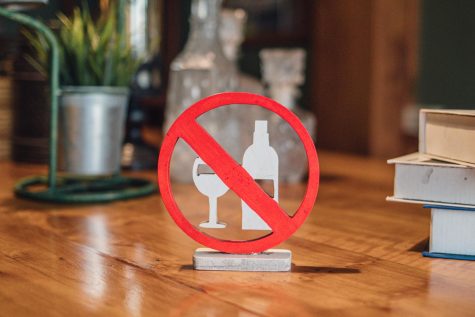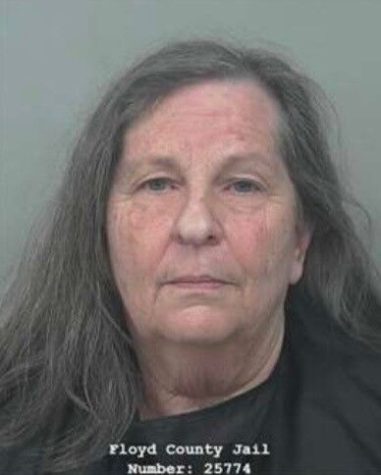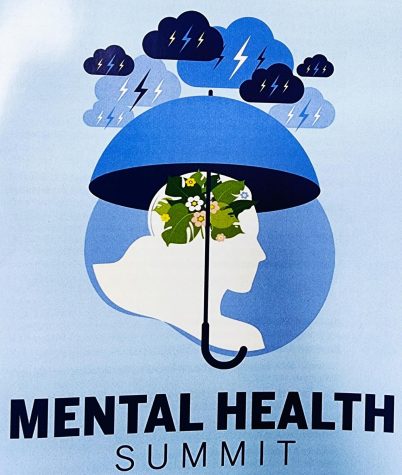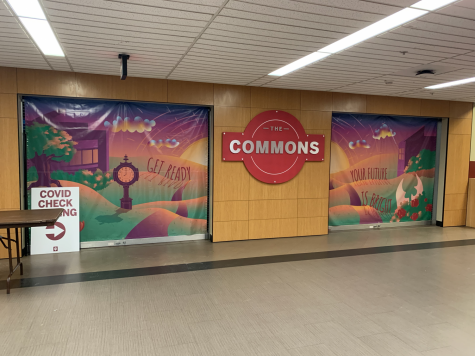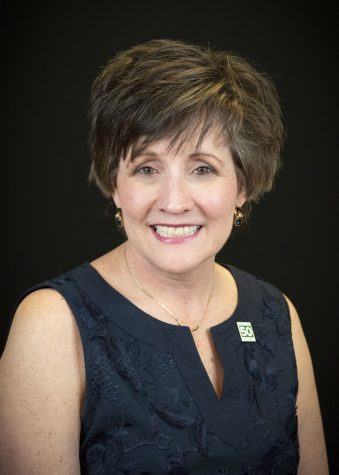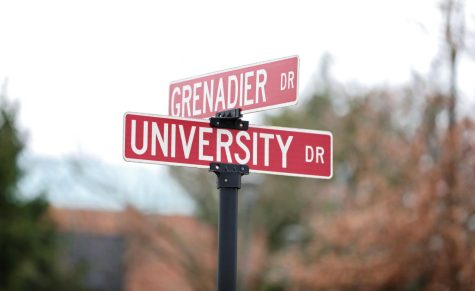Wounded in urban warfare
September 10, 2015
Tassy Payne, Staff Reporter
We All We Got Hood 2 Hood Tour came to IU Southeast Wednesday, September 9 as the first guest panel speakers for IUS Common Experience. The group consisted of four gunfire victims from Louisville. All boys are currently in school.
In Metro Louisville, there are an average of 200 individuals a year who are victims to gunfire.
“America has around 300 million guns in circulation,” community activist Christopher 2x said.
An average of 50 to 80 people have died from gunfire wounds. Some of the citizens have blamed the police and the government for the gunfire incidents. But Norman Parker, co-producer of Hood 2 Hood, thought differently.
“Once police and politicians go home, who you got left?” Parker asked.“We all we have.”
Montrell Gaines, 17 and Diontae Reed,14 were shot March 2, 2015. Gaines’ head was grazed by the bullet, and Reed (13 at the time) was shot in the back.
“When I got hit, at first, I thought someone just threw a rock at my back,” Reed said. “But then I felt it burn and my stomach went numb, and I couldn’t walk anymore.”
Gaines said he didn’t know at first that he got hit with the bullet. He said that he took his bandana off and he saw the blood and the hole in his bandana.
“Blood came out of my mouth, and I fell face flat,” Gaines said. “People came running over to me telling me to keep my eyes open. I closed them.”
When Gaines opened his eyes again, he was in the truck. He looked over and saw Reed had been shot. To his surprise, he didn’t even know Reed had been shot. Gaines couldn’t talk to him. He said that Reed looked sad.
“It was crazy,” Gaines said.
Jeffrey Roberts, 15, was shot in April, a month after Gaines and Reed were shot. Roberts said that he cried and he didn’t know what to do; he hadn’t been shot yet.
“I was on my block with a couple of friends; a car came and started shooting,” Roberts said. He said that he ran and fell. He couldn’t get back up. Roberts shattered his whole shin but he was determined to walk again.
“I play sports,” he said. “That’s all I know.”
Ki’Anthony Tyus, now 10, was shot in the leg June 8. Tyus was playing on the basketball court with his cousins. They were trying to figure out if they wanted to play another round of basketball. He was getting on his bike with his cousins; he said he had heard gunshots.
“My tire turned and I fell off my bike,” he said. “I couldn’t get up and walk.”
Tyus was taken to the children’s hospital in Louisville. 2x said that Tyus still has the bullet lodged in his leg for the rest of his life. But that didn’t stop Tyus. 2x said that Tyus smiled at the surgeons and points to the x-ray photograph of his leg.
“I’ma play basketball with this leg,” he said.
2x and Parker brought these boys together to share the victim’s stories with the community. According to 2x, the goal was to get others in the community to look at these boys’ pain and get themselves to see the need for valuing their life.
“They are rap artists without music,” 2x said. “Hope, education, living in dire poverty is their angle.”
Reed said that when he got shot he told the reporters that he wanted to stop the violence. He made that decision from his hospital bed.
“Mom had a plan for me, and I didn’t want to let her down,” he said.
Nursing senior Hannah Dailey said that this discussion made her think a bit more about how to impact her community. She said that she also thought about how she could help with this issue once she graduates and becomes a nurse.
“As a nursing major, the first thing 2x mentioned was that this was a public health issue,” she said.
Laura Schook, criminology and psychology junior, said that she found out about Hood 2 Hood coming to IUS and had to come. After hearing the victims speak, she said that it gave her a sense of a world that she didn’t live in.
“The fact that they grew up in extreme poverty connected with me,” she said.
Schook said she has dedicated her life to social reform.
Michael Kopp, digital arts and interactive media senior, said that community involvement in story telling is the key for community change.
Hood 2 Hood plans to continue to their spirit building mission to help others see their self-worth before they decide to put their hands on a gun and pull the trigger. Hood 2 Hood said their target audience would be people in their neighborhood, behind juvenile walls, and behind prison walls.
Parker said the community has to work harder internally and ask, “What can we do to make change ourselves?”
“Us having positive mentors in neighborhoods will create a ripple effect and does have the capacity to change lives,” Schook said.

